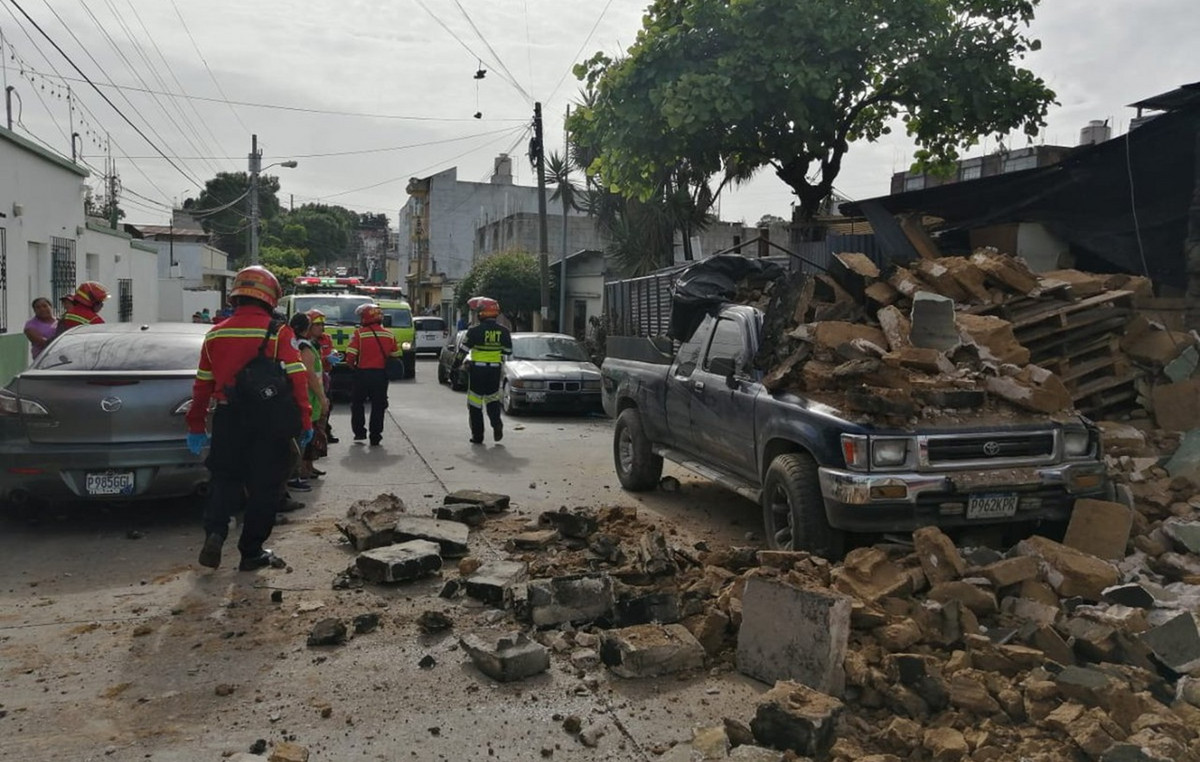Today, February 5, the TASS news outlet, citing representatives of Roskosmos, reported that the Russian Proton-M launch vehicle successfully launched into space from the Baikonur cosmodrome site. Shortly after launch, exactly 585 seconds later, the upper stage DM-03 separated from the third stage of the launch vehicle, setting off to perform the next step – launching the payload into Earth’s orbit. This stage should be completed in about a few hours, after which the task will be practically completed – we are talking about the “delivery” into orbit of the advanced Russian satellite Elektro-L.
Experts note that this space hydrometeorological satellite has a rather important goal – Electro-L, while remaining in the Earth’s geostationary orbit, will receive and process multispectral images of cloudiness and the underlying earth’s surface of the planet. It is important to clarify that we are not talking about some separate area, but about the entire surface of the observed Earth’s disk. The satellite will also receive detailed hydrometeorological data while in orbit, perform tasks related to the telecommunications infrastructure in the field of hydrometeorological and heliogeophysical data exchange. And, importantly, Electro-L will relay the signals received from the emergency beacons of the Cospas-Sarsat system.
“Such station satellites are located at the equator just below 36 thousand kilometers and rotate at the same speed as the Earth. They keep under their control the same region, a huge territory, they see, in quotation marks, how this or that baric formation, a frontal section is born, there are threats of forest fires, and so on. It is very important that there is an increase in the satellite constellation,” Roman Vilfand, scientific director of the Hydrometeorological Center of Russia, told reporters.
It is worth recalling that this is not the first launch of such a satellite into Earth’s orbit. The first space satellite “Electro-L” was launched into near-Earth orbit back in 2011, but in October 2016, communication with it was lost – since then the device has not been able to perform its tasks. Fortunately, a year earlier, specialists launched the second Elektro-L satellite into orbit, which was supplemented by a third in 2019. Both satellites currently continue to perform their tasks, and soon another device will join them – the fourth of all launched by Roscosmos.
Source: Trash Box
I’m Meagan Diaz, a news writer and author at World Stock Market. My main focus is on technology and stock market trends, and I’m passionate about helping readers stay informed on the ever-changing landscape. I bring extensive knowledge of the industry to my work as well as a knack for storytelling that makes my articles both accessible and engaging.







